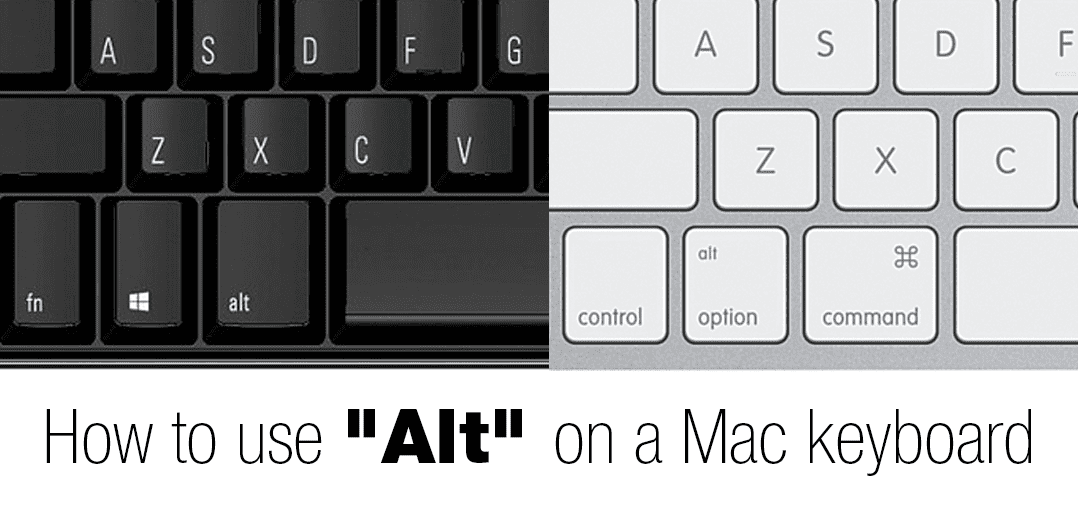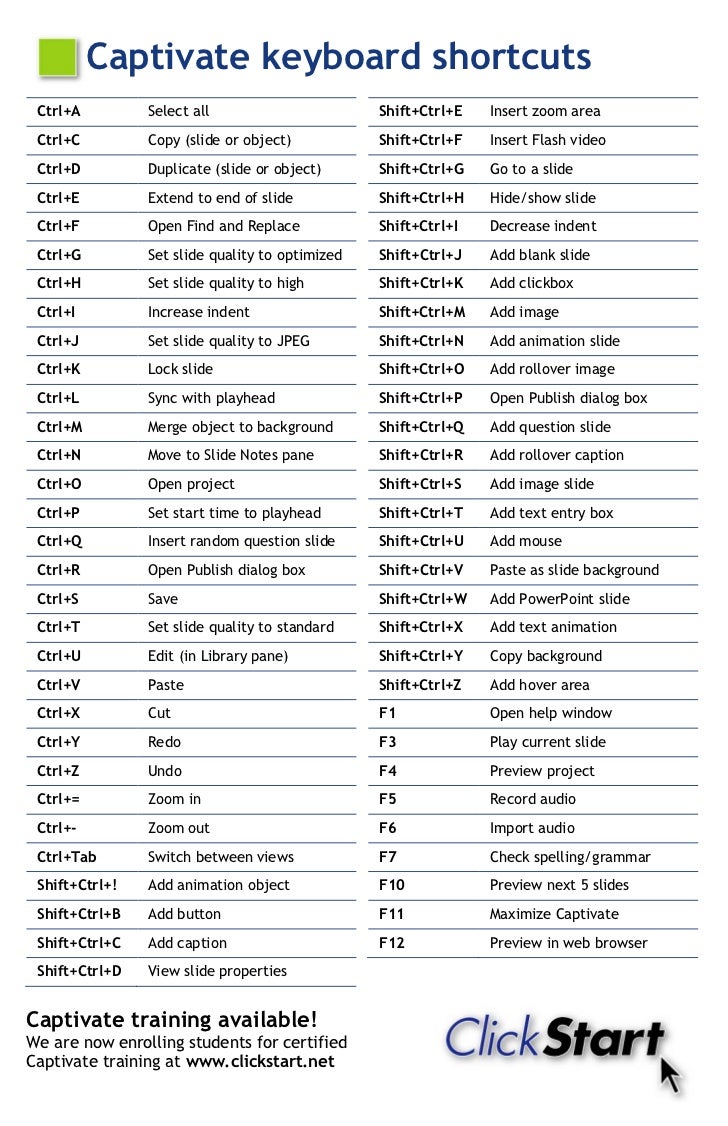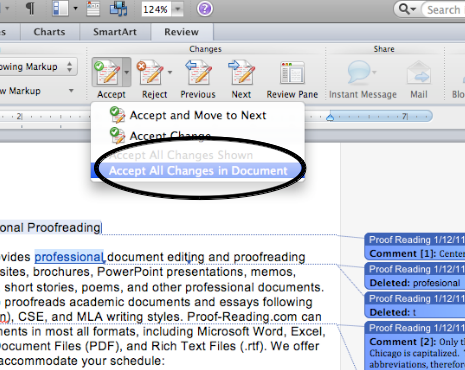- Word For Mac Keyboard Shortcut For Accept This Change Password
- Windows Shortcuts On Mac Keyboard
- Mac Keyboard Shortcuts Cheat Sheet
- Microsoft Word Mac Shortcuts
- Mac Word Shortcut Keys
Many Mac owners swear that keyboard shortcuts help simplify their lives. If you’re new to a Mac, learning all the available keyboard shortcuts can be a real challenge. Quite a few of these.
If you’re not using keyboard shortcuts on your Mac, you’re missing out on a big part of the reason why so many people love Apple’s desktop operating system. Thanks to Apple’s integration of hardware and software, you’ll rarely have to reach for your mouse or trackpad once you learn to speak the language of the keys.
Word For Mac Keyboard Shortcut For Accept This Change Password

Click the arrow on the Accept icon (in the Changes group). You will see a few options, both highlighted and dulled. Choose to Accept All Changes Shown. All the formatting changes will then be accepted. Note: (Don’t select Accept All Changes in Document; that would accept all the changes whether they are shown or not.). (If you use multiple input sources to type in different languages, these shortcuts change input sources instead of showing Spotlight. Learn how to change a conflicting keyboard shortcut.) Control-Command-Space bar: Show the Character Viewer, from which you can choose emoji and other symbols. Word Common Keyboard Shortcuts Excel Common Keyboard Shortcuts. Task or command Mac Instruction. If your version of Word for Mac does not include Paste options, please use. On a Mac, use the Review tab and View and Accept All Changes and Stop Tracking. Then, use the Comments section of the toolbar to Delete All Comments. There’s an easy Mac keyboard shortcut to restore it. To restore a closed tab: Cmd + Shift + T. To shut down your Mac instantly. No, the following Mac shortcut is not about the force shutdown. It’s used when you need to quickly close all dialog windows and shut down your Mac in a legit way.
Whether you’re using Mojave or Big Sur, MacOS has many shortcuts, but there are a few that everyone should know. They start with that “⌘” symbol. That’s the Command key, and it’s the key to all the shortcuts listed here. It works kind of like the Control key on a Windows PC, except it’s in a handier spot—typically on both sides of the space bar. In the following examples, an example like “⌘+A” typically means you need to hold down the Command button and press A or press both at the same time.
We’re not talking about super common shortcuts with related Windows counterparts—such as ⌘+A to select all, ⌘+C to copy, or ⌘+F open the Find prompt—but rather the ones that you may not be familiar with if you’re new to Mac. If these shortcuts get you hooked, you can even make your own for everything from the system to specific apps by going to SystemPreferences > Keyboard > Shortcuts and then choosing one of the options on the left.
Open the Spotlight search tool
⌘+Space bar: This is probably the most useful shortcut of all. Whenever you want to find a file on your Mac, just tap this shortcut and type the name of the file you’d like the find in the prompt that pops up. The results are instant. Spotlight will also search through things like iMessages, bookmarks, and the full text of files on your hard drive. It’s also a quick way to find and open apps you don’t keep on your dock.
IDG
Immediately quit any app

⌘+Q: Use this command to shut down any app immediately. This command doesn’t just minimize the app (as sometimes happens when you hit the red “X” button at the top of any Mac app)—it completely shuts it down.
Take screenshots or record the screen
As you can probably imagine, we use these shortcuts a lot here at Macworld. There are actually several ways you can take a screenshot on a Mac.
⌘+Shift+3: Screenshot the entire visible window. If you can see it on your Mac’s screen, it’ll show up in the screenshot.
⌘+Shift+4: Screenshot a specific area of the screen with the help of a rectangular cropping tool. This is the one I use the most, and it’s also great for sharing images or snippets of text on social media.
⌘+Shift+5: Beginning with macOS Mojave, Apple made it easy to see all the screenshot tools at once with this shortcut. Press it, and you’ll see a toolbar that gives you options for capturing the entire screen, capturing a specific window, or capturing a specific portion of a window. You can also use it to record either the entire screen or a portion of it and choose where to save the image or video file. (By default, screenshots save to the desktop.)
IDG
Hide apps instantly
⌘+H: Here’s one for sneaky folks. If you’re looking at something you don’t want an approaching boss, parent, or friend to see, tap this shortcut and the active open window will vanish. To start using the app again, press the app’s icon on either the dock or the App Switcher.
You can do this for all active apps by holding down ⌘+Option and pressing your mouse on any visible part of your desktop. Every app will “Hide.” It’s a great way to declutter your desktop.
If you simply want to minimize an app, press ⌘+M, but its preview will still show up on the right side of your dock.
Quickly switch between active apps
⌘+Tab: Holding ⌘ and then tapping Tab opens the App Switcher, which lets you easily switch between all active apps by tapping Tab until you land on the one you want.
IDG
Switch between different windows in an app
⌘+~:This one makes research a heck of a lot easier. Let’s say you have two documents open from Apple’s Pages app: one with your notes and one with your draft. This shortcut lets you easily switch between the two (or more) documents. I find it’s particularly helpful if I’m working on a MacBook with a smaller screen where the split-view interface might feel too cramped.
Quickly access the search/address bar in Safari
⌘+L: Reaching for your mouse to activate Safari’s search bar wastes a lot of time. Press this shortcut while you’re using Safari, and the cursor will jump up to the search bar, where you can type out either a search term or an URL. This shortcut also works with Google Chrome. (You can also use it on Windows with the Control key.)
Safari has some other great keyboard shortcuts, too: ⌘+T opens a new tab, and ⌘+Z reopens the last tab you (possibly accidentally) closed. If you want to reopen an accidentally closed tab in Chrome or Opera, you can press ⌘+Shift+T.
Force-quit an App
⌘+Option+Q: If an app is locked up (and ⌘+Q isn’t working for whatever reason), use this shortcut to force the app to quit.
You can also choose multiple apps to force-quit by pressing ⌘+Option+Esc (Escape), which is much like using Control-Alt+Delete on a PC. Instead of the Task Manager, though, you’ll get a window that says Force Quit Applications and you can choose which app you want to close from there.
IDG
Immediately lock your Mac
⌘+Control+Q: If you’re stepping away from your desk at home or the office and you don’t want someone snooping around on your Mac, press this shortcut and your Mac will immediately switch to the lock screen. It’s a heck of a lot faster than doing it through the menu bar.
Use Quick Look to preview files
Click+Space Bar: If you want to see what a file looks like but you don’t want to waste time opening the associated app, select the file in a Finder folder and then press the space bar. (This also works with files on the desktop.) A full-page preview will pop up—and with Markup options, too. This works for everything from images and PDFs to Microsoft Excel files.
You can also select multiple files to preview at once by holding down the Command key as you select them and then pressing ⌘+Y. (⌘+Y also works for single files, but in that case it’s less convenient.) Once that window is open, you can navigate between the files with the arrow keys in the upper left.
Startup keyboard commands no longer work on M1 Macs
Apple has a set of keyboard commands you can use to make your Mac do certain tasks at startup. For example, if you want to zap the Mac’s NVRAM, reset the SMC, or boot into Recovery mode, there are keyboard combinations that you hold down while booting your Mac.
Those keyboard combinations work only with Macs that use Intel processors. The new M1 Macs and upcoming Macs that have Apple silicon do not use these keyboard combinations. We have a guide to help you find the troubleshooting modes on Apple silicon Macs.
Note: When you purchase something after clicking links in our articles, we may earn a small commission. Read ouraffiliate link policyfor more details.
Windows Shortcuts On Mac Keyboard
- Related:
| Click here to return to the 'Keyboard shortcuts and the ellipsis character' hint |

Nice addendum at the the end.
Mac Keyboard Shortcuts Cheat Sheet

Typing three periods does not automatically expand into an ellipse for me... except when I am using MS Word, where it has long done so.
I find it a little disconcerting that 'three-periods-in-a-row' and an ellipsis character are treated the same way at the OS level.They're not the same thing.
It's OK that 3-dots can convert automatically to an ellipsis in a word processing or page layout app; this functions similarly to an app intelligently converting straight quotation marks to curly. It makes it easier on the user, and serves as a way to draw parity between the way the app works on both the Mac and Windows platform, for those who work on both, or who have switched their choice of OS.
But tweaking at the OS level, where it's expected that the user is really paying attention, and should know what they're doing, I not really comfortable with this sort of dumbing down.
It's not OS-level, it's Application-level. The keys seem to be stored in the application's preferences file.
'It's not OS-level, it's Application-level. The keys seem to be stored in the application's preferences file.'That's an arguable contention, but which ever the case, it sets a bad precedent, because they're NOT the same. Mark my words: Somewhere down the line, this kind of 'user convenience' will cause trouble for somebody, somewhere. And then it'll be up to those of us who worry about such things to sort it out for those who think it shouldn't make any difference. And we'll have to do it ovewr and over and over again, because those same people are the ones who don't read FAQs or pay much attention to what they're doing or what goes on beneath the scant surface of what they see happening on-screen.
Microsoft Word Mac Shortcuts
Keyboard shortcuts are very useful for adding shortcuts to the Services>Speech>Start Speaking text… menu item.
I demo'ed this to someone with visual impairments on 10.4. It failed to work because I forgot that it needed an ellipsis not three periods ... At the time I was unaware that the ellipsis shortcut was [alt +;] Using 'character palette' was the only way to find an ellipsis, not a simple task if you are the one with the visual impairment. (go try it)
The new version simply makes it easier for novice users to enter what they see onscreen.
Reading the manual is always best, but not everything is documented. These small steps are what makes the Mac OS more user friendly to more people, especially those with little understanding of typographic nuances.
I imagine Apple will ultimately get around to allowing users to 'click add keyboard shortcut' then find the item in whatever menu, whilst displaying an 'elastic string' to illustrate the connection. Similar to the way Interface Builder wires outputs & inputs to menu items etc.
Asking user to type what they see can give unexpected results especially if you are a smart arse who always knows best.
I agree: when I type 3 periods, I want them to stay as I typed them. If I really want a special ellipsis 'character', I'd press Option-; (i.e., the Alt/Opt key and the semicolon). I've used that for posters and other printed materials… there, I've just done that, and here it is again…
I tried typing 3 periods in a row in TextEdit, TextWrangler, and Firefox, as I wrote this comment... and it all behaved exactly as I expected. In this paragraph, the only ellipsis is typed with periods, not with the keyboard shortcut... No automatic replacements. That's as it should be.
If I want something replaced *as I type*, I create a shortcut in TextExpander. That puts me in control, which, again, is how it should be.
Note that on the german mac keyboard the ellipsis character ist on alt-. - I have no idea to which other lyouts this might apply.
I have found that the ellipsis generally means there is another dialog box that will be triggered by that menu item. For example 'Private Browsing...' in Safari opens a box asking if you are sure you would like to enable Private Browsing. If you enter a keyboard shortcut for 'Private Browsing' (without the ellipsis) it creates a new menu item that does not trigger the dialog box when it is selected.
Mac Word Shortcut Keys
On a Danish keyboard you can type the ellipsis character with alt-x.